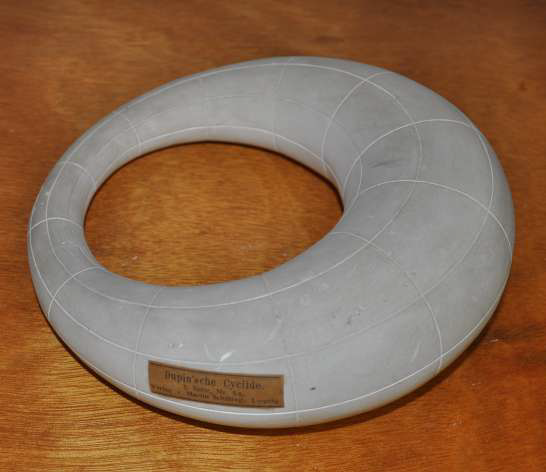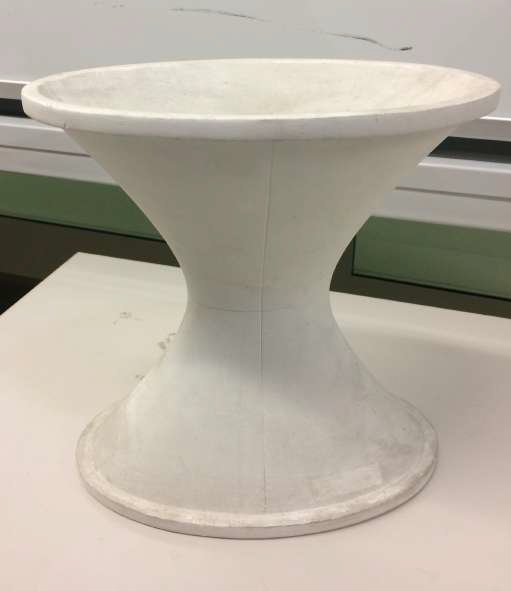Motivation
Many years ago, before computers and 3D-Graphics became a main part of our life and when we didn't have high tech computer with us at all times, mathematics students still needed to visualize specific more complicated objects. Now a sphere or a pyramid is easy to plan, sculpt and therefore imagine, but more complicated figures in higher mathematics like for example the Kummer quartic surface or a Hyperboloid may require more creativity.
This is where real models made out of for example clay, cement or plaster, can really help.
 |
 |
Certain universities had entire collections of these models, ranging from simple ellipsoid figurines to the more complicated mathematical objects. Heidelberg University alone has more than 100 models, that recently have been 3D-scanned and are to be exhibited.
This is where this project comes in. Obviously clay-models are neat, but what really would showcase these mathematical objects would be an actual 3D-Object that you could interact on on a computer. Since everyone carries around a smartphone, putting this 3D-Object on a website accessible by a QR-Code in front of the exhibit would provide the possibility to let everyone who wants to interact with the model of the object. For example putting in different variables to showcase how different models turn into each other (this is specifically interesting in the case of the Dupin cyclide), oder just simply turning the model to see all the nooks and crevices.
With the help of 3D-HOP this is achievable without having to install any app or third party program on your smartphone. It offers the possibility of displaying complex models on a HTML-website, which is as simple as it gets.